We’ve had a hard time keeping up with all the temple dedications and re-dedications that have happened, so today we’re going to try to make up for it a bit and share several links, as the 139th temple of The C’hurch of Jesus Christ of Latter-day Saints, the Brigham City temple (in Utah, USA), will be dedicated. We hope these links can give an appreciation for what the temple means to Mormons. For more information, you can also read more about why Mormons build temples and what happens inside the temple. And learn more about how temples differ from the thousands of meetinghouses we have all over the world.
Open House: Inside a Mormon temple
Before a temple is dedicated, the public is allowed to tour the temple, to see what the inside of Mormon temples look like, and to learn a little more about the significance of temples in our doctrine and religious practice. You can see a slideshow of photos from inside the Brigham City temple here at the Mormon Newsroom. To learn more about the different rooms and their purposes, see this article.
Hear from an artist who helped create the mural in the endowment room in the Brigham City temple. Very often, the decor and art in the temple reflect the local heritage so that, as this artist explains, the temple will feel like home to the local people who worship there.
Mormon temple worship has ancient roots
Among the many thousands of people who visited during the Brigham City temple open house, American Jewish Committee (AJC) delegates toured the temple with Church leaders, including Elder Jeffrey R. Holland. There are elements of our doctrine of temple worship that bring a sort of kinship for us with our Jewish friends. Our beliefs about temples have ancient roots connected to Old Testament teachings. “[T]he Lord told the Israelites to build a portable tabernacle that would be their temple while they traveled in the wilderness (see Exodus 26-27; 40:35). Additional Old Testament references to temples are found in 2 Chronicles 5:1-14; 7:1-2 [and] Ezra 3:1-13; 6:3.” We also share a love for the prophet Elijah. (You can read more about his role in our beliefs here and here.)
Ancient records that are part of our canon of scripture talk about other ancient temples, such as the one built by Nephi, an ancient prophet. One of the most sacred events recorded in ancient scripture was the visit of Jesus Christ to people who had gathered — at the temple — in a land called Bountiful, as recorded in 3 Nephi 11 in the Book of Mormon.
The temple was also important to the Savior, Jesus Christ, and for us, the temple is a place where we can learn more about Him and His role as Creator, Savior and Redeemer of the world.
This video explains more of the ancient roots of temples in The Church of Jesus Christ of Latter-day Saints:
Mormon Youth Celebrate the Temple
Last night, nearly 5,000 youth living in the area of the Brigham City temple participated in a cultural celebration — which has been a tradition for years in the Church. Youth ages 12 and up are able to enter a dedicated temple to participate in baptisms on behalf of those who have passed on (called baptisms for the dead, or proxy baptisms). These cultural celebrations allow the youth to recognize the history and heritage of their area and of Church members who have gone before them, making the blessing of a temple possible in their area. They also help the youth feel a connection to the temple.
The cultural celebrations always include a lot of music and dancing, with bright, colorful costumes, as well as historical narrative about the area. A temple dedication is a joyful time for Mormons!
Part of the cultural celebration included the creation of a mosiac mural of the Brigham City temple, which can be seen here. Testimonies of the artists of the different squares of the mosiac can be found in this document.
Here is a video clip about the Kiev Ukraine cultural celebration that captures some of what youth in that temple area did for their celebration. You can also hear some of their expressions of faith and gratitude as they had a temple built in their midst.
Read more about the Brigham City youth cultural celebration here, here and here (video is also available on that last link). You can see how the youth used social media to prepare for the celebration on the celebration blog.
Dedication of the Temple
Throughout the state of Utah today, there will be no regular church meetings today. (This will be a rare Sunday when LDS meetinghouses in Utah will not be open to the public.) Instead, Church members will attend one of three dedicatory sessions for the Brigham City temple. As explained in yesterday’s post, the temple dedication will include the singing and performing of sacred music, speakers addressing the dedication attendees (the dedication will be broadcast by closed-circuit satellite broadcast), a special dedicatory prayer offered by President Boyd K. Packer, acting president of the Quorum of the Twelve Apostles, the singing of the hymn The Spirit of God, and the Hosanna Shout (read more about the history of temple dedications here).
Hosanna is a word from Hebrew that means “please save us.” As members of The Church of Jesus Christ of Latter-day Saints participate in this temple dedication, this becomes our plea to our Heavenly Father and to His Son, Jesus Christ. Again, the Hosanna Shout has ancient roots.
As explained in the LDS Bible Dictionary:
[Hosanna] is used in praise and supplication.
At the Feast of Tabernacles, which celebrated the Lord’s deliverance of Israel into the promised land, people chanted the words of Psalm 118 and waved palm branches. At the Lord’s triumphal entry into Jerusalem, the multitudes cried “Hosanna” and spread palm branches for Jesus to ride upon, thus demonstrating their understanding that Jesus was the same Lord who had delivered Israel anciently (Ps. 118:25–26; Matt. 21:9, 15; Mark 11:9–10; John 12:13). These people recognized Christ as the long-awaited Messiah. The word Hosanna has become a celebration of the Messiah in all ages (1 Ne. 11:6; 3 Ne. 11:14–17). The hosanna shout was included in the dedication of the Kirtland Temple (D&C 109:79) and is now a part of the dedication of modern temples.



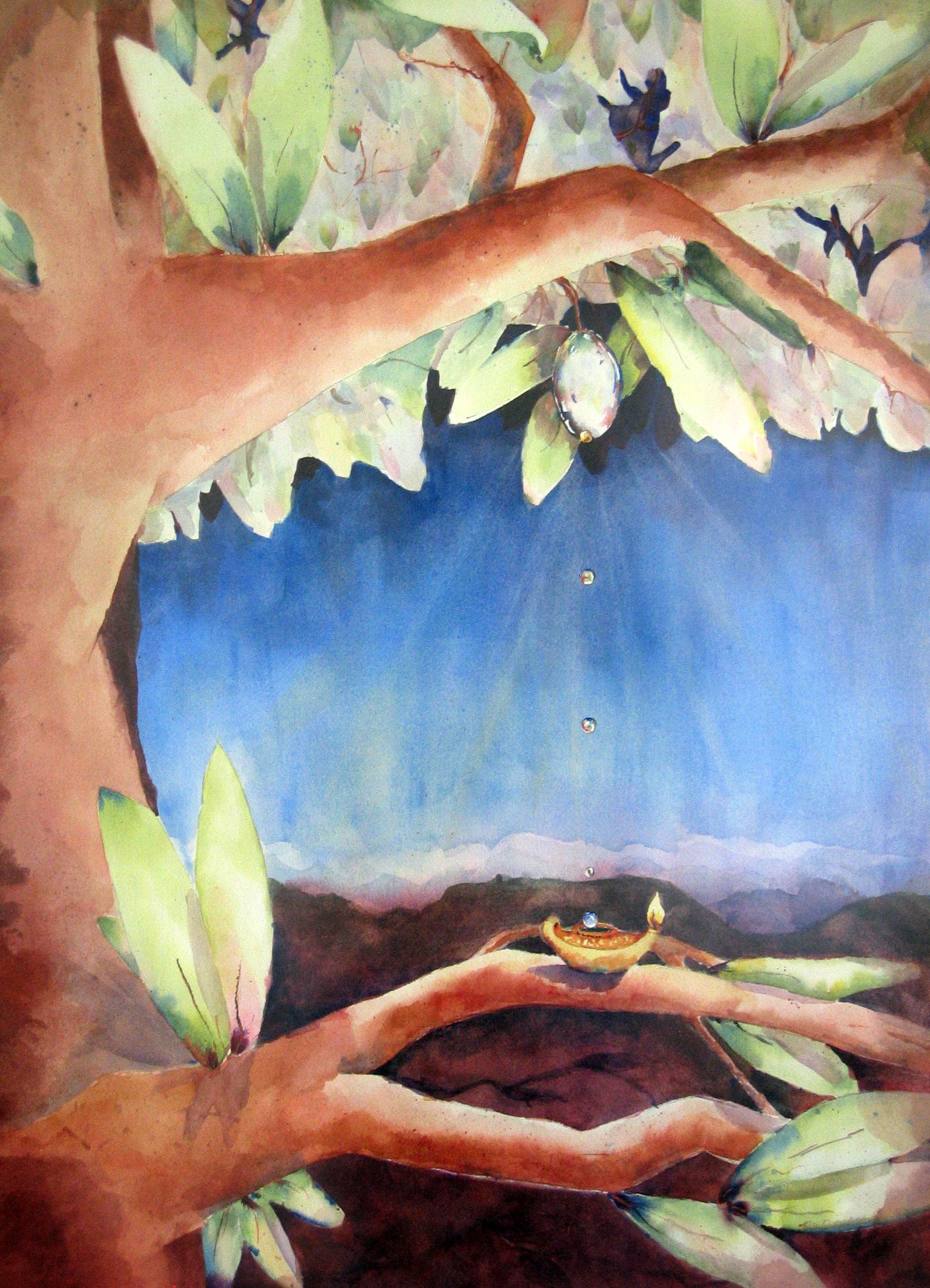
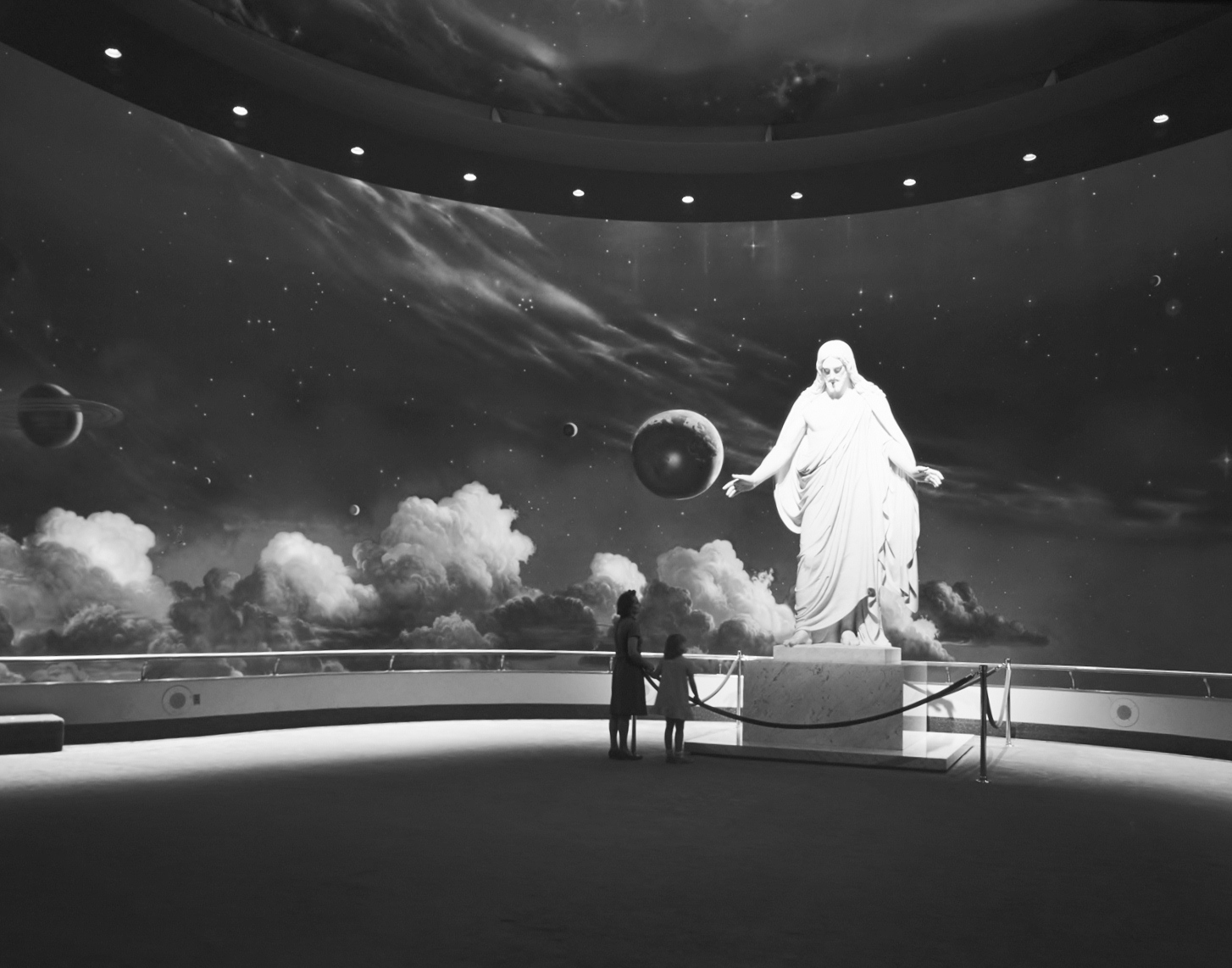

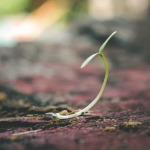


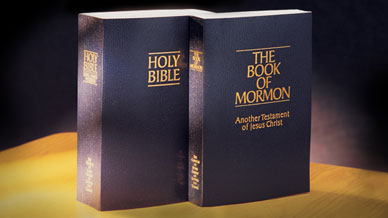

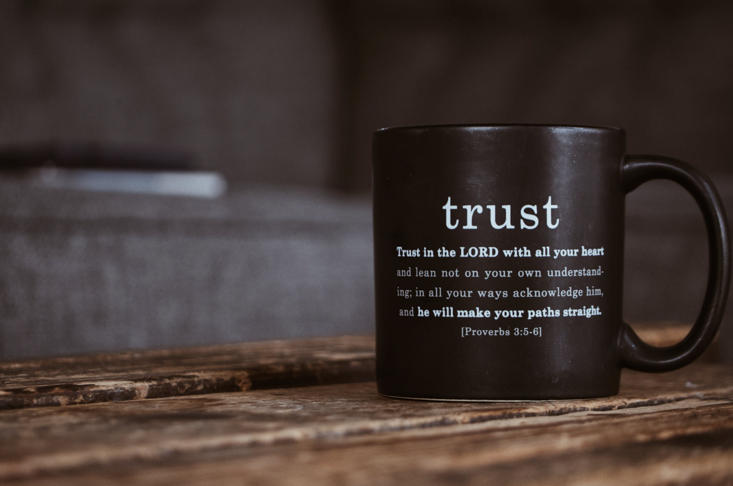

What a wonderful, comprehensive post!